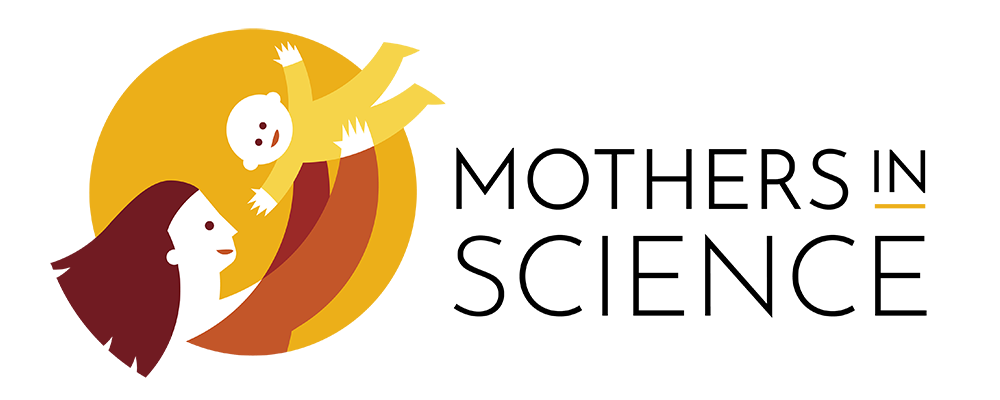Katherine Johnson
“Girls are capable of doing everything men are capable of doing. Sometimes they have more imagination than men.” Katherine Johnson
Katherine Johnson (1918-2020) was well-known for her aeronautics work at NASA, where she developed calculations that helped the US launch its first astronaut into space in 1961 and safely land Apollo 11 on the moon in 1969, among other pioneering crewed space missions. She was mother to three daughters.
Johnson’s remarkable intelligence became apparent at a young age. She started elementary school at the age of 5 but had to be moved into more advanced classes twice. By age 10, Johnson was already in high school. In college, she started studying French and English but a professor encouraged her to study maths instead. She graduated summa cum laude in Maths and French at 18 years old.
Despite being a mathematical genius, as a woman of colour in a segregated society Johnson had limited career opportunities. She ended up taking a teaching job at a public high school. After getting married in 1939, she quit her job and enrolled in grad school to study maths. But soon after she got pregnant and decided to stop studying to raise her daughter.
When she heard of a job opportunity at the National Advisory Committee for Aeronautics (NACA), later to become NASA, Johnson jumped at it. She was offered a permanent teaching position and a job at NACA the following year, but she decided to take the NACA position without hesitation. Sadly, her husband died from a brain tumor a few years later.
She was a working single mom for about three years until she met her second husband, with whom she was married for 58 years until her death.
She began working at NACA’s Langley Research Center as one of the ‘human computers’ to verify calculations from the electronic computers. Johnson and her colleagues faced open workplace discrimination for being women of colour- the office they were working in was even named “Coloured computers”. During her first years at NACA, Johnson had to walk half a mile across the NASA campus to use a bathroom, as Black people were not allowed to use the bathroom in her division. Women were also not allowed to attend meetings nor to put their names in their research reports. But eventually, with the support of a male colleague, Johnson became the first woman in her division to put her name on a report. She co-authored over 25 research papers while at NASA.
But these challenges didn’t seem to bother Johnson too much. She said, “My dad taught us, ‘You are as good as anybody in this town, but you’re no better.’ I don’t have a feeling of inferiority. Never had." Her intelligence and mathematical talent made her a valuable asset to NACA and she became the only woman to be pulled from the “human computer” pool to work on other programs.
After 33 years of service at NASA, Johnson retired in 1986. Although she received many prestigious awards throughout her career, she rarely mentioned her achievement to her daughters or brought them to award ceremonies.
She also never told her daughters that math was hard. They were expected to do well at school, in everything. She used to say that when students have bad maths grades, it’s because they have a bad teacher or because their parents told them maths is hard. She always encouraged her grandchildren and students to pursue careers in STEM.
Johnson passed away at 101 years old at her retirement home, leaving an incredible legacy.
Further reading materials:
Working Mother - 10 Times ‘Hidden Figures’ nailed the working motherhood a little too well: https://www.workingmother.com/10-times-hidden-figures-nailed-working-motherhood-little-too-well
NASA - Katherine Johnson: A Lifetime of STEM: https://www.nasa.gov/audience/foreducators/a-lifetime-of-stem.html
MSN - In addition to being a mathematician, Katherine Johnson was a mother to three daughters: https://www.msn.com/en-us/entertainment/celebrity/in-addition-to-being-a-mathematician-katherine-johnson-was-a-mother-to-three-daughters/ar-BB10o4z3

